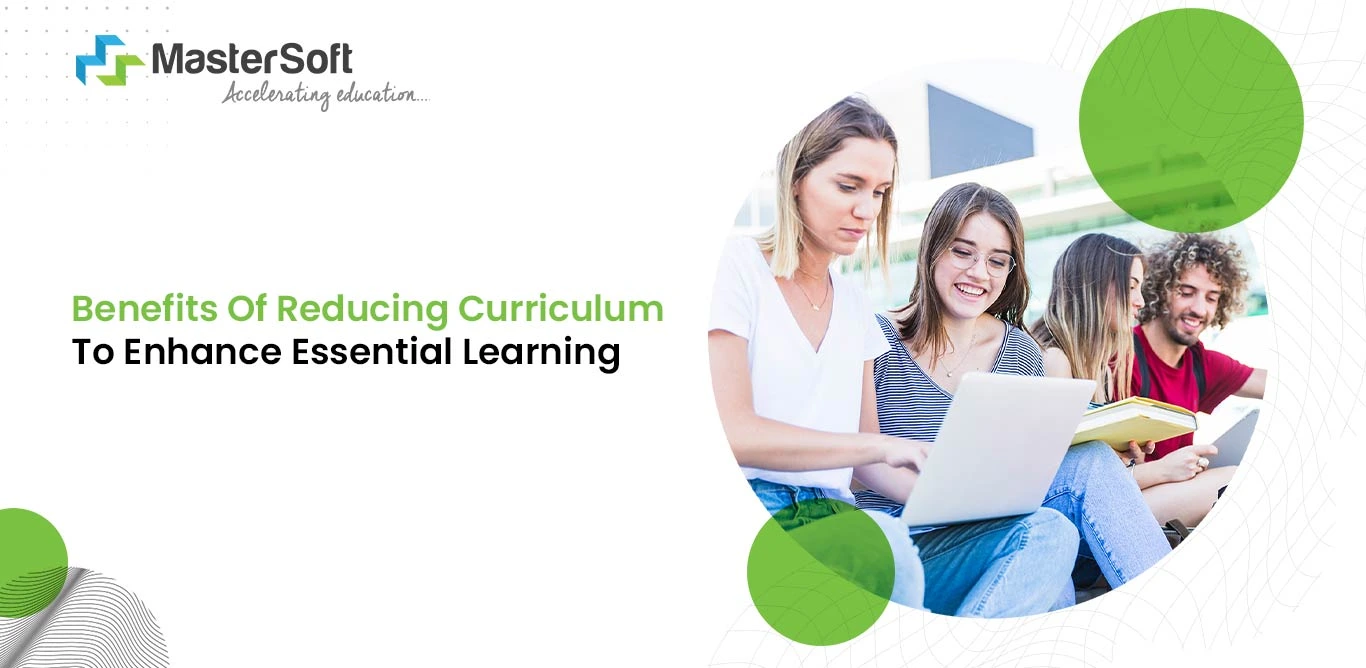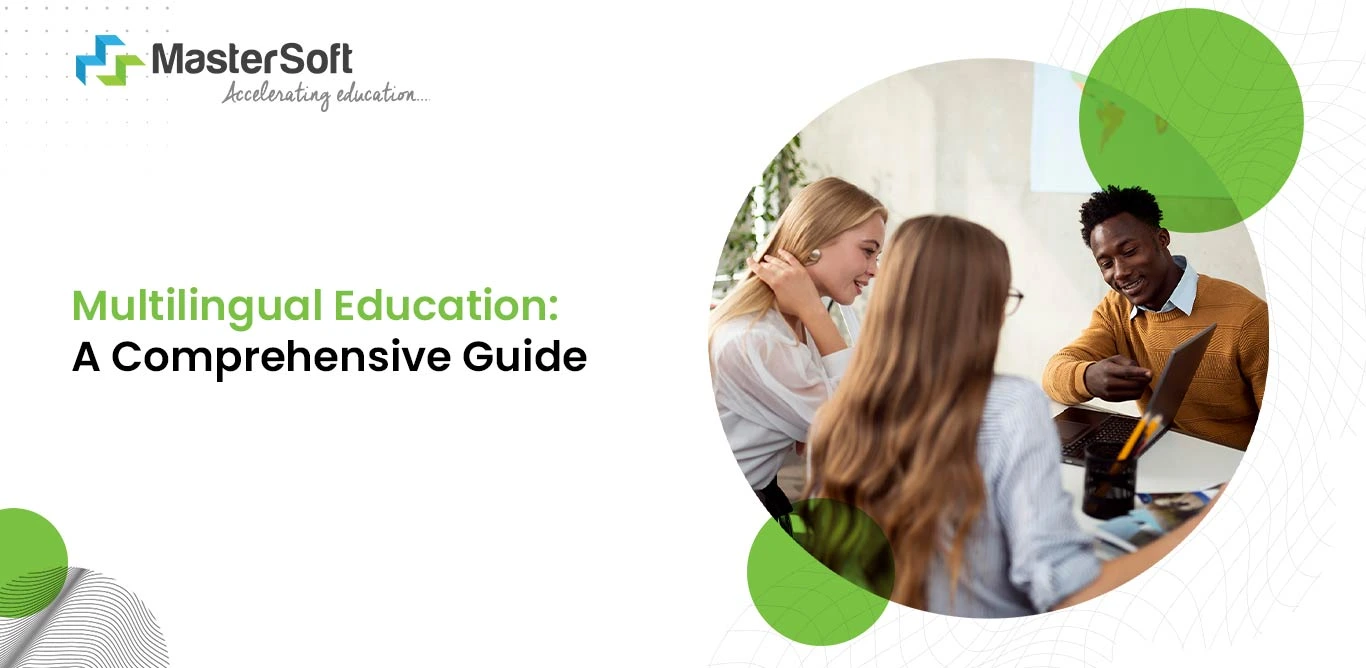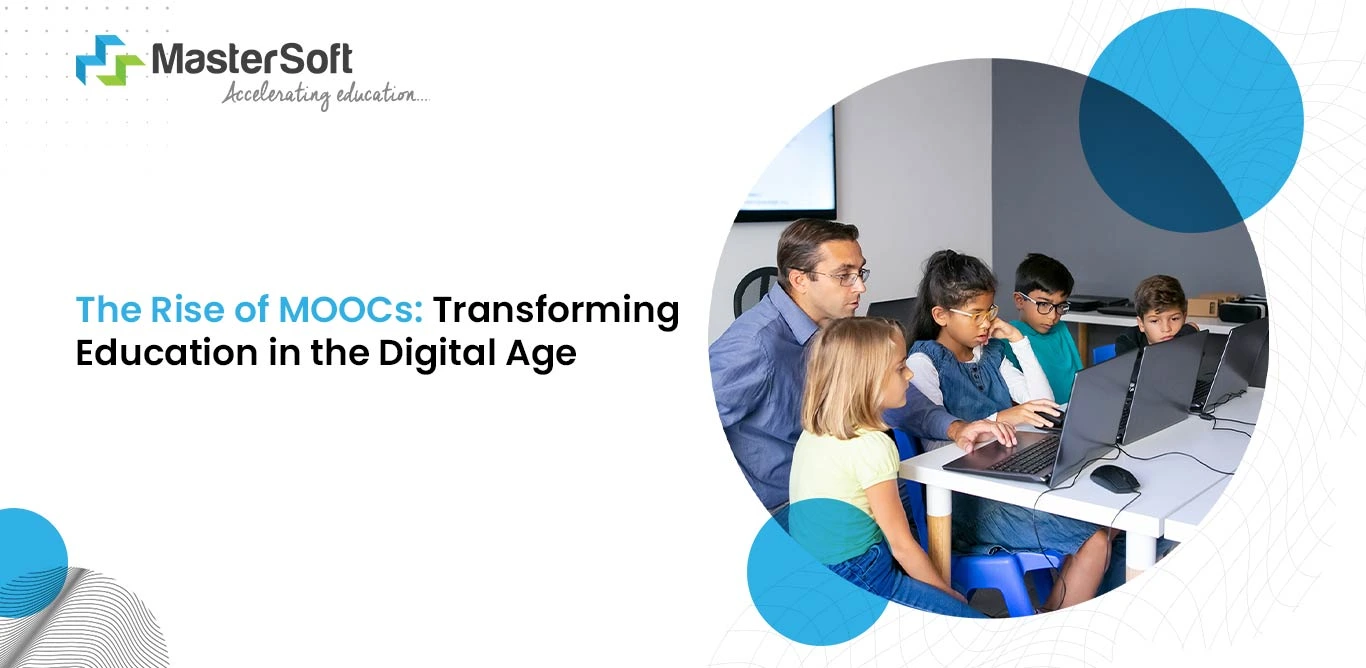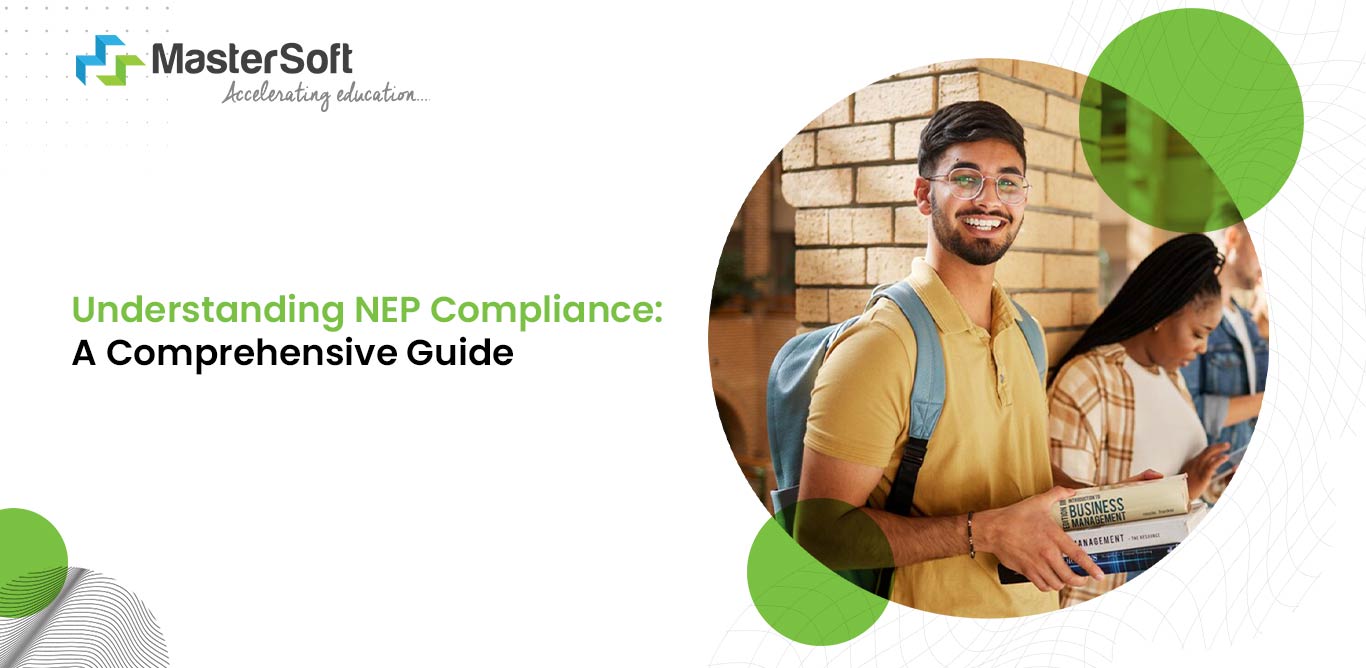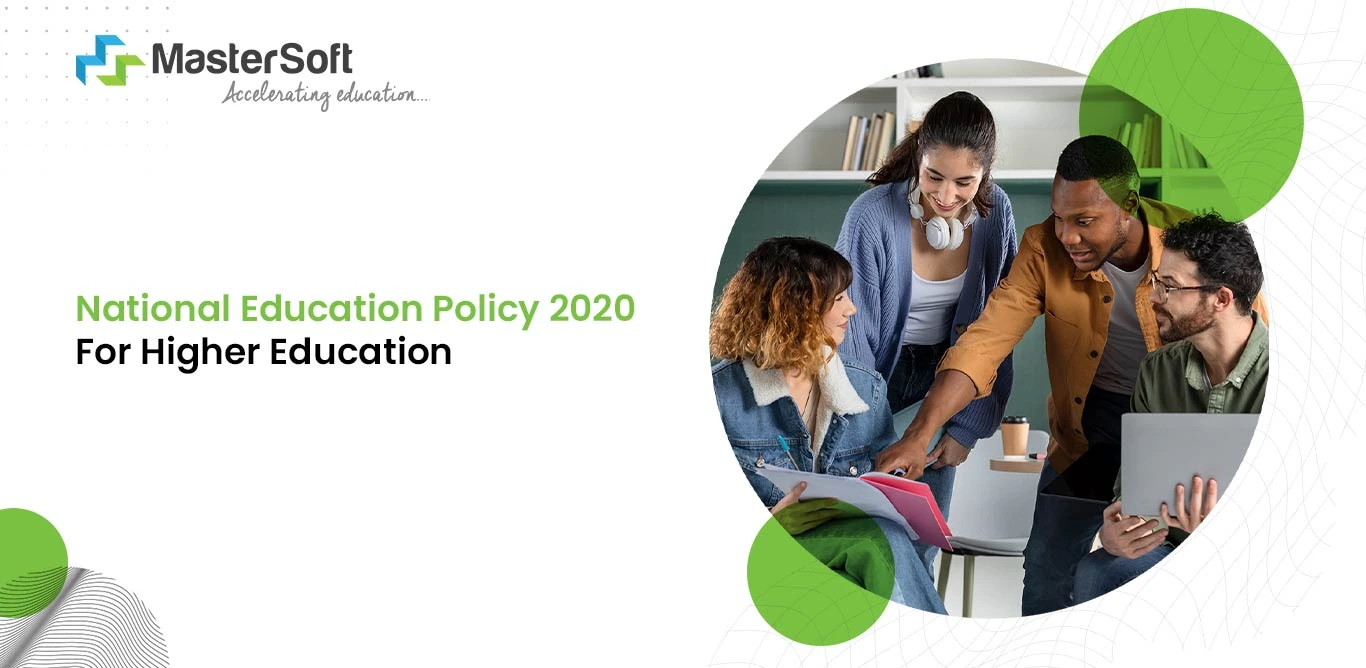14, Dec 2023
The education sector is experiencing a seismic shift underway, spearheaded by initiatives like the National Education Policy (NEP) of 2020 in India. A core tenet of this transformative policy is the reduction of curriculum content, aiming to create ample space for essential learning and critical thinking.
This shift challenges the traditional notion of "more is better" and focuses on the depth rather than the breadth of knowledge.
So let's delve into the profound benefits of reducing curriculum content, examining how this recalibration serves as a cornerstone for a more enriching educational experience.
Benefits of Reducing Curriculum Content to Enhance Essential Learning and Critical Thinking
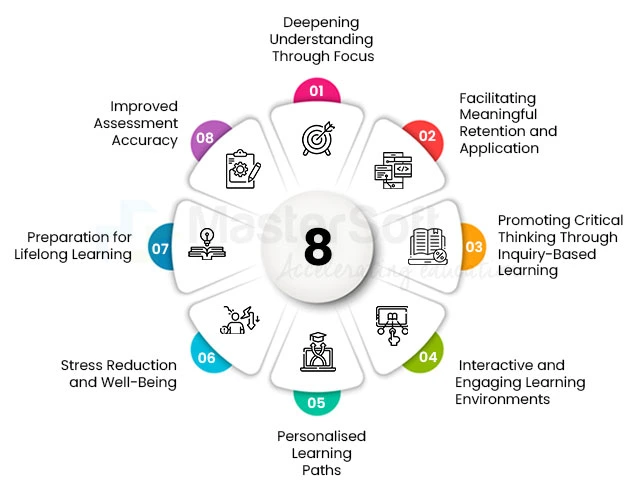
1. Deepening Understanding Through Focus
In the traditional educational model, students are often bombarded with an extensive array of topics, resulting in a surface-level understanding that lacks depth. By embracing the practice of reducing curriculum content to its core essentials, educators unlock the potential for profound understanding.
This intentional focus enables students to delve into critical concepts, encouraging a more immersive exploration of the subject matter. Departing from the breadth-over-depth approach, this shift lays the foundation for a lifelong pursuit of knowledge, fostering intellectual curiosity and a deeper appreciation for the material.
In essence, streamlining the curriculum becomes a catalyst for transformative essential learning experiences that transcend rote memorisation, empowering students to become lifelong learners with a genuine passion for understanding.
2. Facilitating Meaningful Retention and Application
Reducing curriculum content proves to be a catalyst for improved retention and practical application of knowledge. In the traditional model, students grappling with an abundance of topics may struggle to dedicate the necessary time to master essential concepts.
However, a streamlined curriculum provides the breathing space needed for focused learning, allowing students to commit crucial information to memory. This heightened retention then becomes the cornerstone for practical application in real-world scenarios, enabling students to seamlessly bridge the gap between theoretical understanding and tangible problem-solving skills.
In the transition from rote memorisation to practical application, a streamlined curriculum cultivates a holistic and applicable skill set. The intentional narrowing of focus encourages students to go beyond theoretical frameworks and engage with practical situations, fostering a deeper understanding of the material.
This shift equips students with critical thinking skills, enabling them to connect theories to real-world challenges. As a result, they are not only academically prepared but also possess the adaptability and problem-solving acumen required for the complexities they will encounter in their professional journey beyond the classroom.
National Education Policy 2020: All You Need To Know About NEP 2020 For Schools
3. Promoting Critical Thinking Through Inquiry-Based Learning
The reduction of curriculum content not only aligns with the vision of the National Education Policy (NEP) but also opens avenues for the seamless integration of critical thinking pedagogies. By streamlining the curriculum, educators can create an educational landscape where inquiry-based learning, discussion-oriented approaches, and analysis-driven methods take centre stage.
This intentional shift away from rote memorisation to active engagement forms the bedrock for a dynamic classroom environment, fostering an atmosphere where curiosity thrives, and intellectual exploration is actively encouraged. Moreover, the streamlined curriculum provides educators with the necessary space and time to emphasise and instil critical thinking skills in students.
In a world saturated with information, the ability to analyse, evaluate, and synthesise information is paramount. This intentional narrowing of focus empowers educators to incorporate activities and assessments specifically designed to promote critical thinking.
From problem-solving exercises to collaborative projects and case studies, students are not only encouraged but also equipped to think critically, pose meaningful questions, and approach challenges with both a creative and analytical mindset.
4. Interactive and Engaging Learning Environments
With the reduction of curriculum content, classroom sessions undergo a metamorphosis into more interactive, enjoyable, and collaborative spaces. The NEP's emphasis on condensing content aligns with the paradigm shift towards a more student-centric model.
Educators are empowered to employ innovative teaching methods that spark curiosity and foster participation. Students become active contributors to their learning journey, and the classroom transforms into a vibrant hub of intellectual exchange.
5. Personalised Learning Paths
Recognising that every student is different, a streamlined curriculum allows teachers to adjust learning to fit individual needs. This means that students, with their unique interests and strengths, get a more personalised education.
They can take charge of their learning journey, feeling more in control and independent. This way, education is not a one-size-fits-all approach but becomes more flexible, adapting to what each student needs and likes.
Furthermore, in a reduced curriculum, teachers can be even more flexible. They can change how they teach to match how students learn best. This makes learning more interesting for everyone. Students feel like they have a say in their education, making the whole experience more engaging.
So, instead of having one fixed way of learning, students get to bring their own strengths and interests into the picture, making education a personalised adventure for each one of them.
6. Stress Reduction and Well-Being
The usual "information overload" in school can make students feel stressed and burnt out. But if we make the curriculum streamlined, students won't feel so much pressure to learn everything super quickly. This change lets students concentrate on really understanding the important stuff without always worrying about studying tons of things.
So, by making things simpler, we make learning less stressful and create an environment that's better for our well-being. Also, in traditional education settings, students often feel stressed because there's so much to learn in a short time. But if we reduce the curriculum, teachers can ease that pressure.
This means students won't always feel like they're falling behind. It's like taking a breath and focusing on what's really important. So, a reduced curriculum doesn't just make learning easier; it also makes it a more relaxed and healthy experience for students.
What Is Collaborative Learning? Benefits & Strategy Of Collaborative Learning
7. Preparation for Lifelong Learning
As the world undergoes rapid changes, adaptability and continuous learning become indispensable skills for success. By trimming the curriculum to focus on core essentials, educators not only teach students what they need to know but, more importantly, how to learn.
This transformative approach instils a passion for learning and equips students with essential skills like research, critical thinking, and problem-solving. As a result, students are not just recipients of knowledge but active participants in their own education, poised to thrive in a future where adaptability and continuous learning are key determinants of success.
Moreover, streamlining the curriculum becomes a proactive measure to cultivate a mindset of lifelong learning. By prioritising essential skills over a surplus of information, teachers set the stage for students to navigate an ever-evolving world with confidence and resilience.
8. Improved Assessment Accuracy
In the realm of enhancing essential learning and critical thinking through a focused curriculum, the significance of accurate assessment cannot be overstated. A concentrated curriculum enables instructors to design assessments intricately aligned with core concepts.
This targeted approach paints a clearer picture of each student's grasp of essential knowledge, moving beyond superficial understanding to assess the depth of their comprehension. The precision in these assessments facilitates not only a more accurate evaluation of student understanding but also opens the door to personalised feedback and interventions.
Through this tailored support system, educators ensure that students receive the specific assistance they need, fostering a learning environment where success is not just measured but actively cultivated.
Conclusion,
The benefits of reducing curriculum content to improve essential learning and critical thinking among students are manifold. This approach promotes a shift from quantity to quality, emphasising a deep understanding of core concepts, enhanced retention, and the cultivation of critical thinking skills.
By providing a more tailored and less stressful essential learning experience, teachers set the stage for a future generation of lifelong learners capable of navigating the complexities of an ever-changing world. The streamlined curriculum becomes not just a reduction in content but a gateway to a more enriching and empowering educational journey.
Revolutionize learning with a concise curriculum now!
Mobile: 08448010216
Email:info@mastersofterp.com

